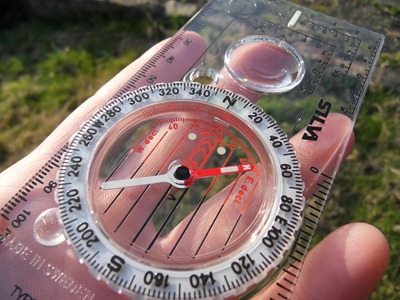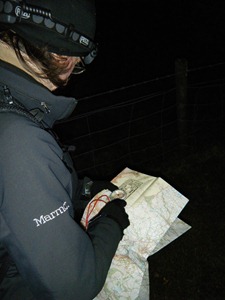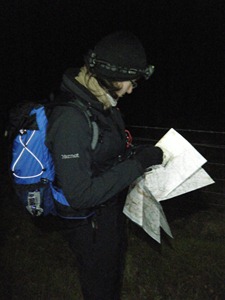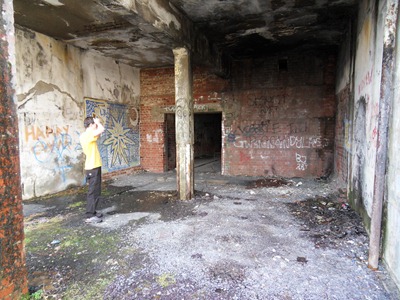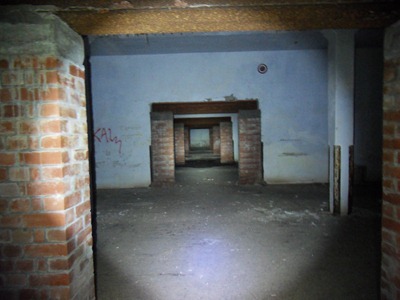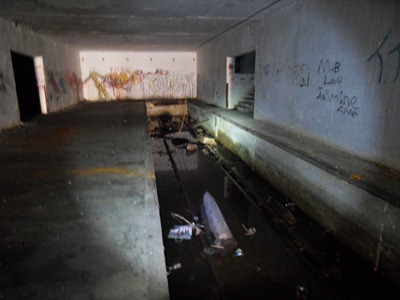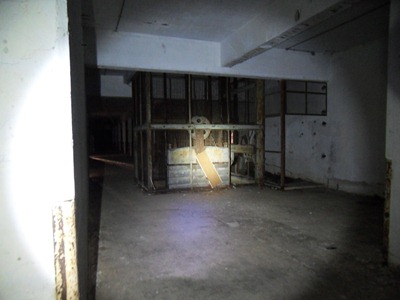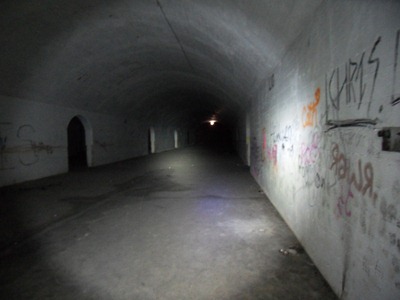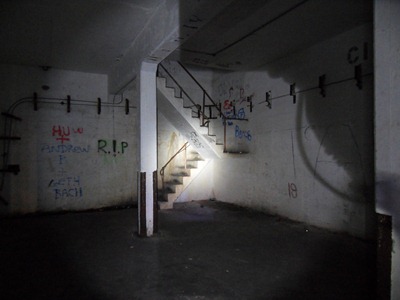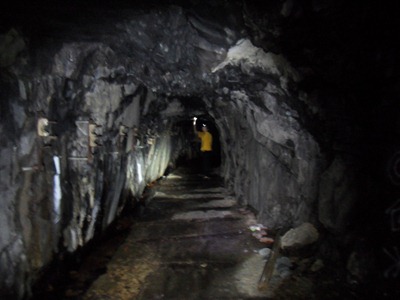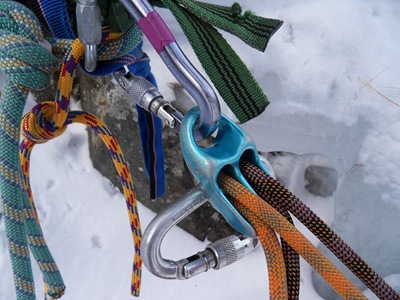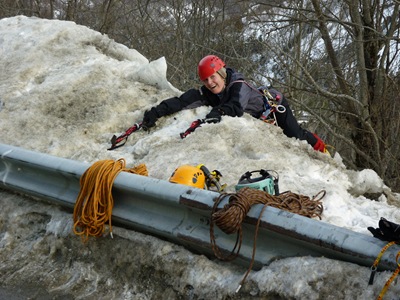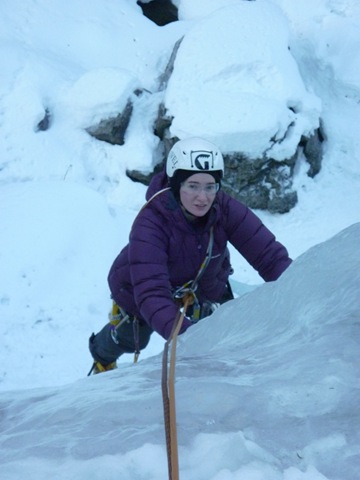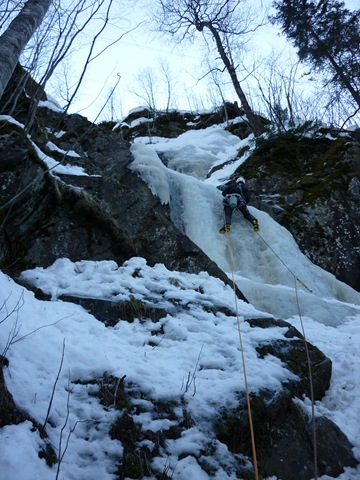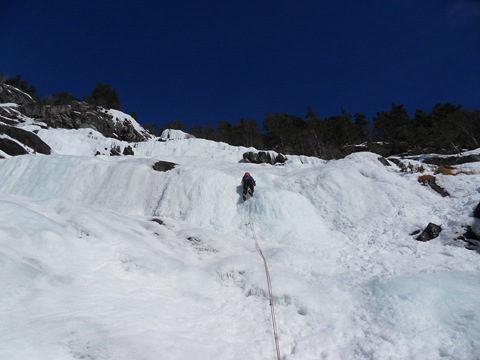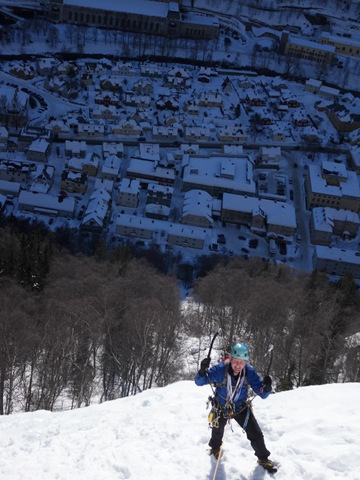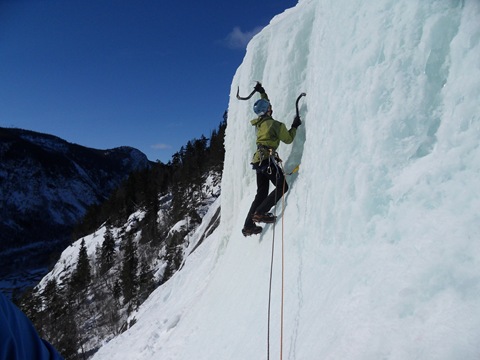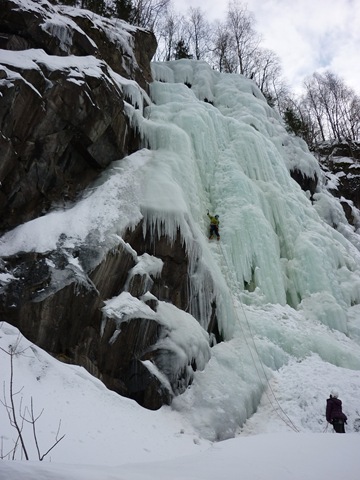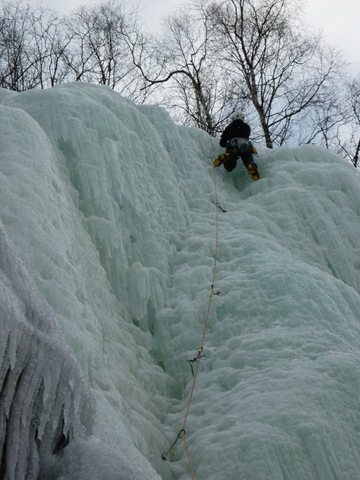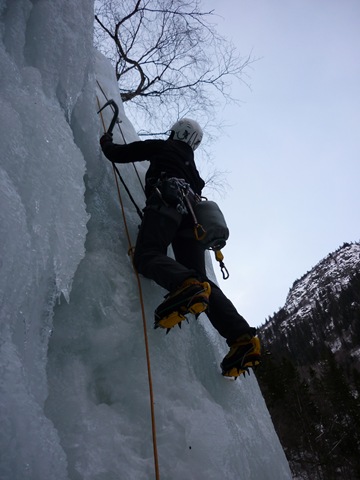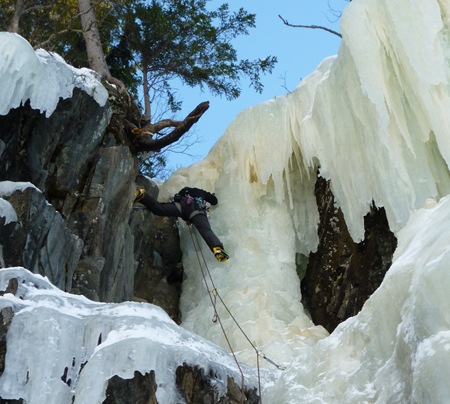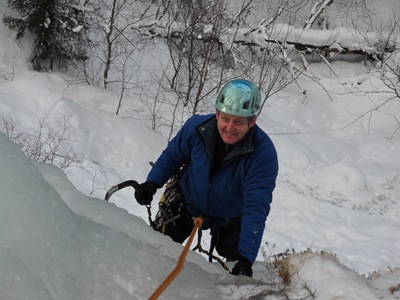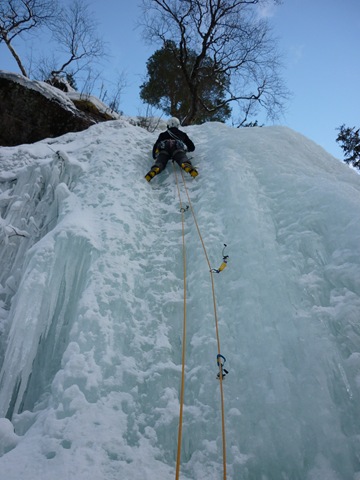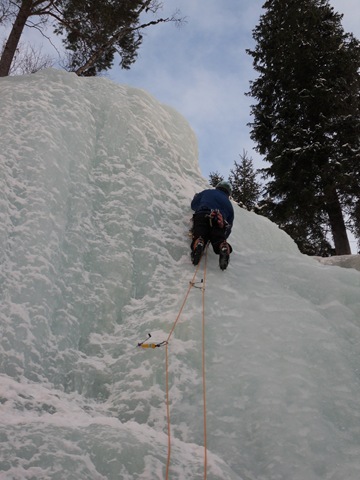I like a challenge me. No really, I do! Which is a good job seeing as the first product I’ve been sent to review is a compass…
Give me a tee shirt, or a pair of socks and I could prattle on all day about sweat wicking, cold weather performance, colour combinations and the like, but seriously, how do you review a compass? I mean, they’re all pretty much the same aren’t they?
Well, despite having two badly cut and bruised knees (from a mountain biking accident last week), last night I managed to persuade one of my MRT buddies to come out on a night hike with me so I could test the Silva Expedition 4, comparing it against the Recta I’ve been using for years…
Now, before I start talking about the Silva, I should just mention that of course any compass is essentially useless unless you actually know how to use it, and have the appropriate map alongside. I’m lucky enough to have been trained in the art of mountain and micro navigation by my colleagues at NEWSAR, and one thing they have taught me is that navigation doesn’t have to be complicated to allow you to be safe in the hills. The navigation ‘Bible’ is the now legendary “Mountain Navigation” by Peter Cliff – I cannot recommend reading this book more highly, honestly, it’s short, sweet and makes everything seem simple yet gives you the basics of everything you really need to know.
Ok back on track (I must apologise for my terrible puns today, I think I’m suffering chocolate withdrawal…), the Silva Expedition 4 is the compass that most people tend to think of as the mountain navigation standard – the compass against which all others are compared. Not for me though – I’ve been using a Recta DT 420 that I scavenged from my days surveying hilltop radio masts, so the Silva is new to me and I was quite interested to see whether or not I should be ditching the old Recta…
My view of the main features of the Silva Expedition 4:
- Full baseplate including scales in mm (up to 100mm), inches (up to 2 inches), and romer scales for 1:25k, 1:50k and the new 1:40k scale Harveys/BMC maps
- Magnifyer thingy (for reading tiny bits on maps)
- Template cutout (for marking things on maps, in circles)
- Sticky bumps on the bottom of the baseplate to make it less slippy when held on map surfaces (this is especially useful on slippy laminated maps)
- Glow in the dark markers on the North facing needle, and on the north mark on the compass. There is also a glow in the dark mark on the face forward arrow (all of these supposedly make using the compass in the dark easier…)
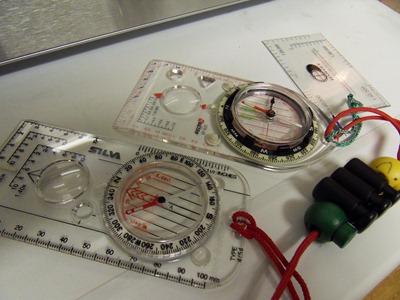 Silva Expedition 4 vs. Recta DT 420 plus additional romer plate
Silva Expedition 4 vs. Recta DT 420 plus additional romer plate
This compass really does cover all the bases, you can do anything and everything you could sensibly need to do with it on the hill, it even comes complete with the standard red keeper cord for either hanging the compass round your neck, or more usefully threading some form of pacing beads (for keeping count when you’re pacing distances between features – something like five cord locks or beads that you move one of for every 100m you travel) onto and attaching to a jacket pocket or rucksack strap: I use a tiny carabiner for this and clip the cord to the top pocket zip of my jacket, the compass living inside the pocket when not in use. The main advantage to doing this rather than hanging the thing around your neck is that the cord is long enough to be able to use the compass without detaching it…so you can’t lose it!
The scale and romers marked on the baseplate of the Silva are truly excellent, and I’m especially pleased to see the inclusion of the 1:40k scale there (as proudly used by the OMM on their maps, according to the packaging). This is the main area where my Recta has been well and truly out-classed – my hand drawn extra markings and additional plastic romer (no 1:40k scale on the Recta, a pain as I use Harvey maps a fair bit) really are no match for the visual and ergonomic simplicity of Silva’s layout. It’s also rather nice having a full 100mm marked down the side (I only have 30mm on the Recta), and not just for mapping use – it’s surprising how often you find yourself wanting to know how long something is…The magnifyer is also pretty good, although I rarely find myself needing to use one.
So, now we know that in daylight the Silva is great – the actual compass is accurate and responsive, the baseplate is simply and usefully marked meaning you can easily read off 6 or 8 figure grid references and make quick, accurate distance measurements from either 1:25k, 1:40k, or 1:50k scale maps. But how does it fare at night?
Now here’s the thing. Glow in the dark bits. Essential for navigating at night right?
The glow in the dark bits on the Silva are vastly inferior to the fully glowed up degree ring on the Recta, and I mean vastly. There really is no comparison – one has 3 dots you line up whilst remembering they mean North, the other has a fully visible glow in the dark degree ring. However, both are next to useless unless they have been ‘charged up’ with visible light…so either the sun (daylight?) or a headtorch…
Do you really need glow in the dark bits on a compass to make it useable at night? I would argue, that in fact, you do not – after all, you need some form of light to be able to see the map, and so the same light source can be used to read the compass, often at the same time! You also [usually] need to be able to see where you’re going, at least to a degree, so even simply following a bearing is something you’re unlikely to be doing without the aid of some form or artificial light. So whilst the glow in the dark functionality of Silva’s offering really isn’t as good as that of Recta’s, I’m not sure it really matters (and the markings are actually perfectly useable).
So will I be swapping compasses? Yes, I think the Silva will be finding its way into my pack, primarily based on how good the baseplate and romer markings are. You’d have to go an awfully long way to really improve on this piece of kit!
For anyone interested, here is said compass from the lovely people at Webtogs: http://www.webtogs.co.uk/Silva_Expedition_4_Compass_293.html
They also sell a nice selection of other navigational marvels and accessories here, so go check it out: http://www.webtogs.co.uk/Compasses/
